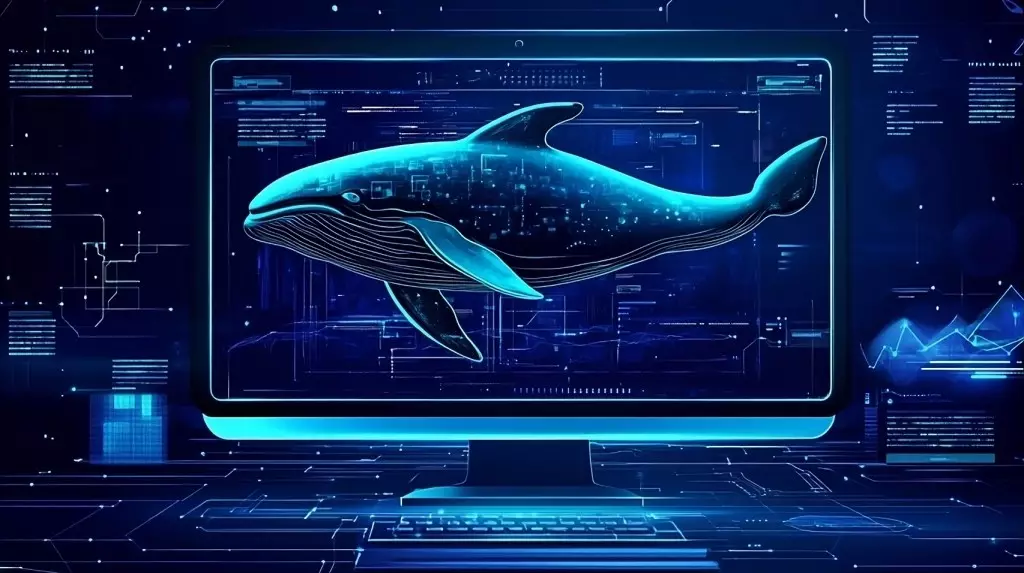In recent months, we have reached a pivotal moment in the artificial intelligence landscape, marked not merely by technological advancement but by a fundamental shift in our understanding of how AI should be developed. The breakthrough achieved by DeepSeek, which has showcased state-of-the-art AI capability without reliance on the most advanced hardware, signifies a major shift in the methodology of AI development. This transformation reaffirms the assertion made by many at the NeurIPS conference in December: the future of AI is not merely about leveraging greater computational power but rather reimagining the synergy between machines and humans as well as our surrounding environment.
As a computer scientist who has closely observed the evolution of AI technologies, I perceive this juncture as revolutionary, surpassing even the rise of generative models like ChatGPT. We stand on the threshold of what has been described as a “reasoning renaissance.” Prominent AI models like OpenAI’s O1 and DeepSeek’s R1 exemplify a new trend—moving away from brute-force scaling to a more nuanced, intelligent approach that integrates reasoning capabilities with increased operational efficiency.
The urgency of this transformation cannot be overstated, especially given the recent statements from ex-OpenAI chief scientist Ilya Sutskever, who predicted that the era of heavy pretraining is rapidly approaching its end. Our reliance on increasingly voluminous internet data sets constrains us, and DeepSeek’s achievement validates his assessment. The model’s impressive performance in comparison to that of OpenAI, accomplished with markedly lower costs, signals that innovation—not purely computational prowess—will guide the future of AI.
The burgeoning field of “world models” is taking center stage, with companies like World Labs recently securing $230 million to create AI systems that emulate human understanding of reality. DeepSeek’s R1 model mirrors this approach by showcasing its capability to experience “Aha!” moments—an innate human propensity for reevaluating challenges when faced with new data. This phenomenon is set to revolutionize not only how we model environmental issues but also how humans interact with AI systems on a fundamental level.
A tangible representation of this shift is seen in Meta’s recent advancements with their Ray-Ban smart glasses. The new upgrade facilitates dynamic conversations with AI-driven assistants without requiring explicit wake words, coupled with real-time translation functionalities. This is indicative of a broader trend, suggesting that the enhancement of human capabilities through AI does not necessarily necessitate the deployment of extensively pre-trained models.
Nonetheless, these advancements come with their own unique set of challenges. DeepSeek has significantly cut costs through advanced training methodologies; however, this efficiency could inadvertently invoke Jevons Paradox, wherein improvements in technological efficiency lead to escalated overall resource consumption. In the context of AI, diminished training costs could foster a proliferation of models developed across numerous organizations, which may, counterintuitively, heighten total energy consumption.
DeepSeek’s innovations are setting a precedent by establishing that attaining peak performance does not hinge on possessing the most cutting-edge hardware available. This pivot toward intelligent architectural designs offers a compelling avenue for mitigating the implications of Jevons Paradox, encouraging a transition from focusing solely on “how much compute we can afford” to “how intelligently can we orchestrate our systems?”
UCLA’s Guy Van Den Broeck cautions that while the direct costs of reasoning models may not be diminishing, the environmental ramifications tied to these systems remain significant. This reality is driving the industry’s quest for more sustainable practices—precisely the kind of revolutionary innovation that DeepSeek personifies. It is evident that the path ahead demands fresh strategies and frameworks.
DeepSeek’s accomplishments underscore the premise that the future of AI should not emphasize merely constructing larger models. Instead, we should center our efforts on crafting smarter, more efficient systems that complement human intelligence while adhering to environmental constraints. Meta’s Yann LeCun anticipates a future wherein AI systems might engage in extended periods of contemplation—an intellectual pause—much akin to human thought processes. The R1 model by DeepSeek illustrates an early iteration of this forward-thinking vision.
For business leaders, this shift presents an invaluable opportunity to adopt a more strategic approach to AI. Emphasis must now be placed on efficient architectures that encourage the deployment of specialized AI agents rather than monolithic models. Furthermore, investment in systems should prioritize both superior performance and minimized ecological footprints, paving the way for iterative, collaborative human-in-the-loop development.
What excites me about DeepSeek’s landmark achievement is its indication that we are transitioning past the era of “larger is better.” With traditional paradigms of pretraining nearing their limits, innovative approaches are creating a landscape filled with opportunities for creative solutions. The potential for intelligent chains of smaller, specialized agents not only offers distinct operational advantages but also promises to revolutionize problem-solving in unimagined ways. For industries poised to pivot their thinking, the dawn of a new era in AI is upon us, inviting us to cultivate technologies that benefit both humanity and our planet.


Leave a Reply